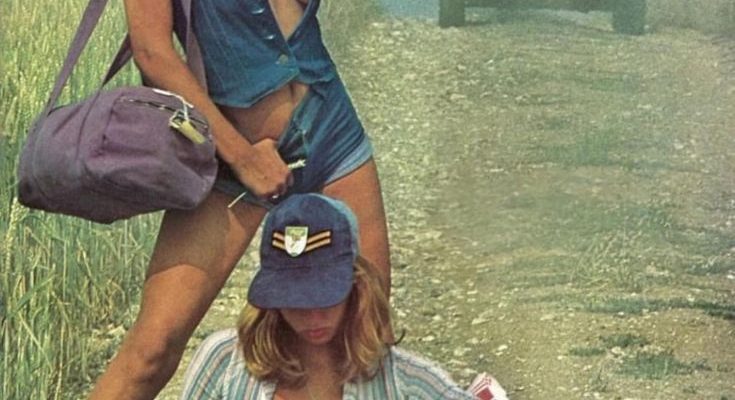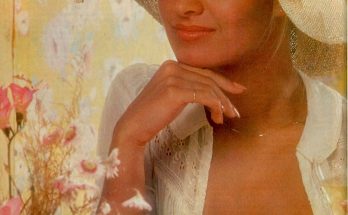There was a time when hitchhiking wasn’t just a way to travel—it was a movement, a philosophy, and a rite of passage. Imagine two young women standing on the side of a dusty highway, bags at their feet, one confidently extending her thumb while the other adjusts her belongings. The sun beats down, the road stretches endlessly ahead, and adventure beckons.
This was the 1970s—America’s golden age of hitchhiking. It was a time when the open road wasn’t just a means to an end, but an invitation to the unknown. Hitchhiking symbolized freedom, connection, and the thrill of the unexpected.
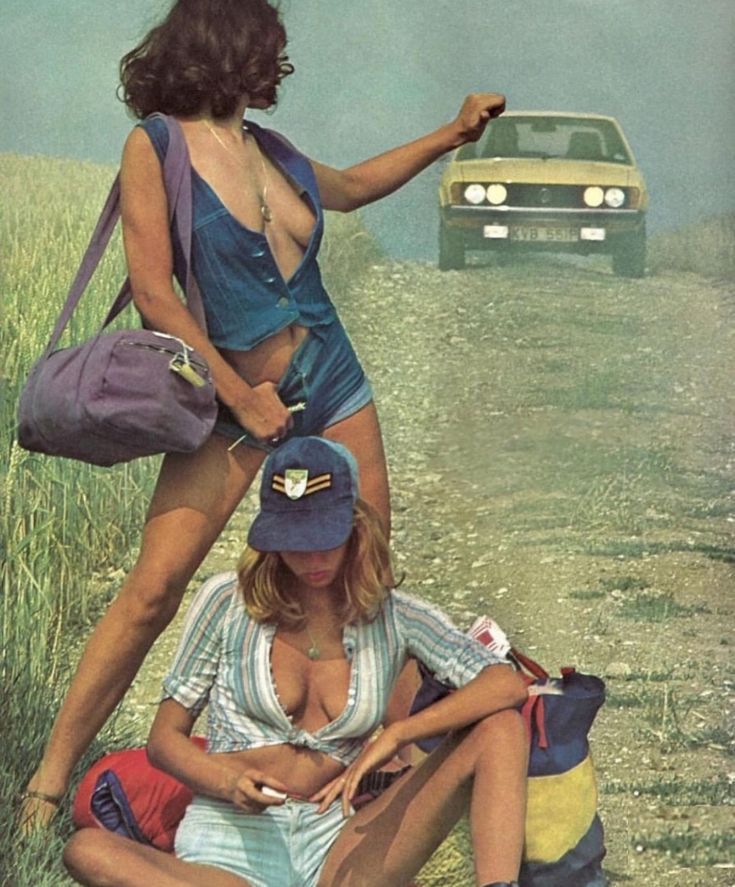
The Rise of Hitchhiking in America
Hitchhiking, or “thumbing a ride,” wasn’t always viewed with skepticism. In fact, it was once a widely accepted and romanticized way to travel. Though it had existed in some form as early as the 1920s and 1930s, the practice truly took off after World War II, when Americans began exploring the country with a renewed sense of curiosity and adventure.
By the 1960s and 1970s, hitchhiking had reached its peak. Young wanderers, hippies, and free spirits embraced the highways, often with no fixed destination—just a desire to experience America in its rawest, most unfiltered form. It was an era when picking up a hitchhiker was a common courtesy, not a cause for concern.
Why Was Hitchhiking So Popular?
So what made hitchhiking such a widespread phenomenon?
1. It Was Cheap
Many young people, especially students, musicians, and drifters, didn’t have money for cars, buses, or trains. Hitchhiking was the ultimate budget-friendly travel option—all you needed was a thumb, a smile, and a little patience.
2. A Different Social Mindset
Mid-20th-century America was more trusting. People weren’t glued to 24-hour news cycles warning of danger at every turn. Picking up a hitchhiker wasn’t seen as reckless—it was simply helping someone in need.
3. The Spirit of Adventure
For many, hitchhiking wasn’t about necessity—it was about the thrill of the unknown. The idea of hitting the open road with no set plans, no itinerary, and no obligations was intoxicating. Every ride brought a new story, a new person, and a new experience.
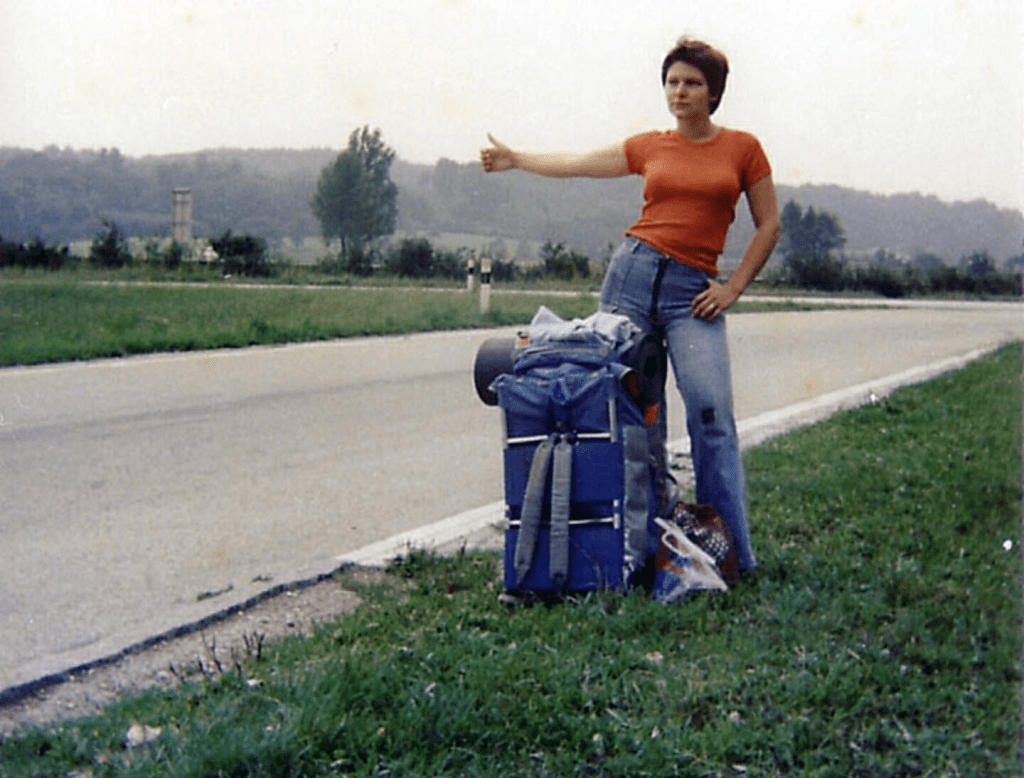
4. The Hippie Movement & Counterculture
The 1960s and 1970s counterculture played a massive role in the rise of hitchhiking. Many young travelers hitched their way to:
- Music festivals like Woodstock
- Communes in places like California and Oregon
- Iconic cultural hotspots like Haight-Ashbury in San Francisco
For hippies, artists, and dreamers, hitchhiking wasn’t just a mode of transportation—it was a symbol of rejecting societal norms and embracing freedom.
5. America’s Expanding Highway System
The post-war expansion of interstates and scenic highways made long-distance hitchhiking easier and more enjoyable. Highways like Route 66 became legendary among travelers, offering stunning views, roadside diners, and an endless sense of possibility.

The Decline of Hitchhiking
By the late 1970s and early 1980s, hitchhiking was rapidly disappearing. So what happened?
1. Fear & Media Sensationalism
True crime stories, sensationalized news reports, and Hollywood thrillers painted hitchhiking as inherently dangerous. Movies like The Hitcher (1986) cemented the idea that both hitchhikers and the drivers who picked them up could be killers. While crime did exist, the fear factor became exaggerated, pushing hitchhiking further into obscurity.
2. Changing Laws & Regulations
Many states began passing anti-hitchhiking laws, making it illegal to stand on highways and flag down rides. This crackdown made hitchhiking not only risky but also legally questionable in many areas.
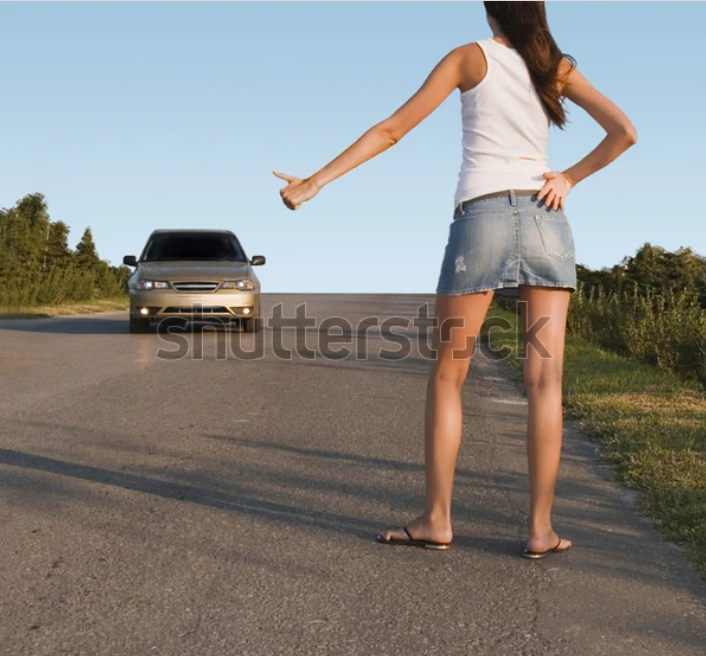
3. More Affordable Transportation
With the rise of budget airlines, affordable bus fares, and mass car ownership, hitchhiking was no longer necessary. By the 1980s, cheap flights and cross-country Greyhound routes made travel easier and safer without relying on strangers.
4. A Shift in Cultural Attitudes
As crime rates increased, Americans became less trusting of strangers. The “dangerous hitchhiker” stereotype became deeply embedded in the collective consciousness, turning what was once a normal practice into a taboo activity.
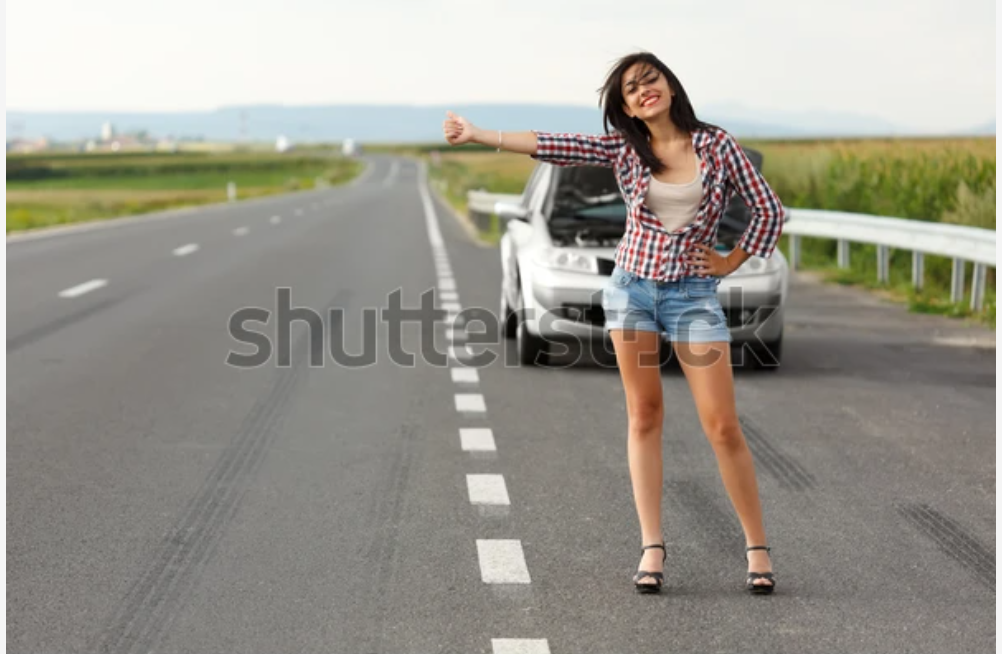
Hitch hiking’s Lasting Legacy
Though hitchhiking has largely faded from American roads, its cultural footprint remains enormous. The freedom of the open road continues to inspire books, films, and music:
- Jack Kerouac’s On the Road romanticized the idea of hitchhiking as an essential part of self-discovery.
- The film Easy Rider (1969) captured the restless, rebellious spirit of the open road.
- Songs like “Take It Easy” by The Eagles and “Born to Be Wild” by Steppenwolf immortalized the idea of spontaneous travel.
Even today, road trips remain a core part of American identity, though they’re more likely to involve GPS and Airbnb than standing on the side of the road with a cardboard sign.

Is Hitchhiking Gone Forever?
While hitchhiking isn’t as common in the United States, it’s still practiced in many countries around the world, particularly in parts of Europe, South America, and New Zealand. And with the rise of rideshare apps like Uber and Lyft, some argue that modern hitchhiking has simply evolved—instead of flagging down a random car, we now use an app to connect with strangers willing to give us a ride.
But will traditional thumbing a ride ever return? Probably not. Society has changed too much. Trust, fear, and convenience have all played a role in shifting how we travel.

Final Thoughts: A Lost Art of Adventure
The golden age of hitchhiking may be gone, but its spirit lives on. It was a time when the world felt bigger, people felt more connected, and the journey was just as important as the destination. Hitchhiking wasn’t just about getting from one place to another—it was about embracing the unknown, meeting strangers, and experiencing America in its purest form.
Though we may never see its return, the stories, the culture, and the sense of adventure hitchhiking represented will never fade. The open road still calls to us—it just looks a little different now. 🚗
